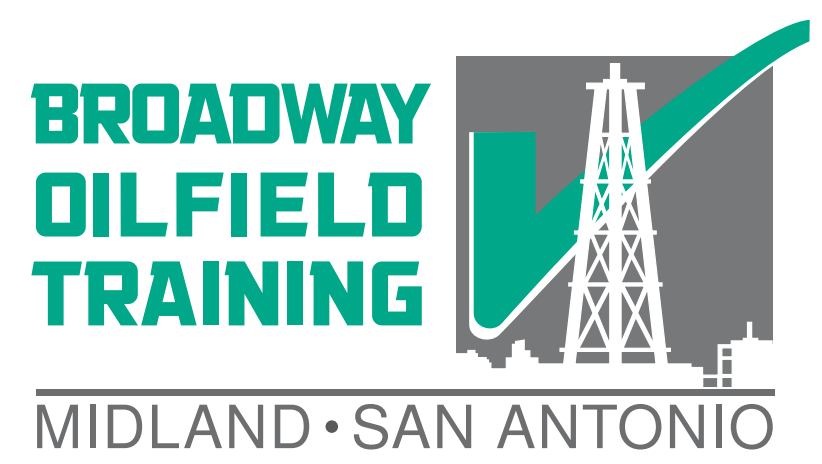SAFETY FIRST
The primary goal of SafeLand, or any other safety training program, should be to keep people and the environment protected. In order for workers to mitigate hazards at the worksite they must first be knowledgeable about those hazards and how to deal with them. Often oil and gas operators use H2S and SafeLand training certifications as the gatekeeper to determine which contractors can or cannot get on the worksite. Many South Texas operators and oilfield contractors have mandated that their workers must get a SafeLand orientation before arriving at the wellsite. In other cases, a regulatory body such as OSHA, the Texas Railroad Commission, or an insurer, may be requiring training for workers to enter the well and work area. It is important, however, for companies to not just settle for the minimum safety training required, but to make sure that all their workers are receiving excellent training.
KEEP THE RIG RUNNING SAFE
If a South Texas crew is untrained and not certified, then they will need to undergo all of the required training in order to receive their SafeLand and H2S cards to show that they are ready to work at the rig. For those that have already been trained, however, there are many oil and gas workers who will lose their certification cards over time. A card may be left behind at the house in San Antonio, put in the laundry and destroyed, or the worker could simply lose their card traveling to a far-off location in South Texas. Turnover rates in the oil and gas fields can be high and when a worker leaves a job, they may throw away their certification card thinking that the SafeLand card wouldn’t transfer to the new job. In these cases, it becomes incumbent on the employer to find another way to prove that the worker is actually certified or else a re-certification SafeLand class will have to be undertaken.
SAFELAND STANDARDS AND ACCREDITATION
If the oil and gas training provider has kept meticulous records of the class, then they have a secondary basis for proving that the certification may still be valid. Using this information, there may also be a basis to reissue a card. Under the ANSI Z390.1 standard, class information must be held by the instructor in San Antonio for 3 years for an H2S class. Instructors need to keep records on CPR cards issued for 3 years as well. The International Association for Drilling Contractors, IADC requires us as RigPass with SafeLand endorsement providers to retain class records for a period of 5 years in a San Antonio locked facility. Other standards may have a different duration depending on the oil and gas class, but all should have a written plan in place for records retention.
Recommended Training: San Antonio SafeLand, CPR Certification
Notice: Article is provided as is and for informational use only. Eagle Ford Training San Antonio, its owners, instructors, and affiliates hereto referred as the company shall have no liability for and you shall defend, indemnify and hold harmless from and against any claim loss demand, liability, obligation, and expense based upon any injury or damage, spill or pollution, product liability, or any other loss that may occur. The liability for the use of information is solely yours notwithstanding any act of error or omission by the company.
